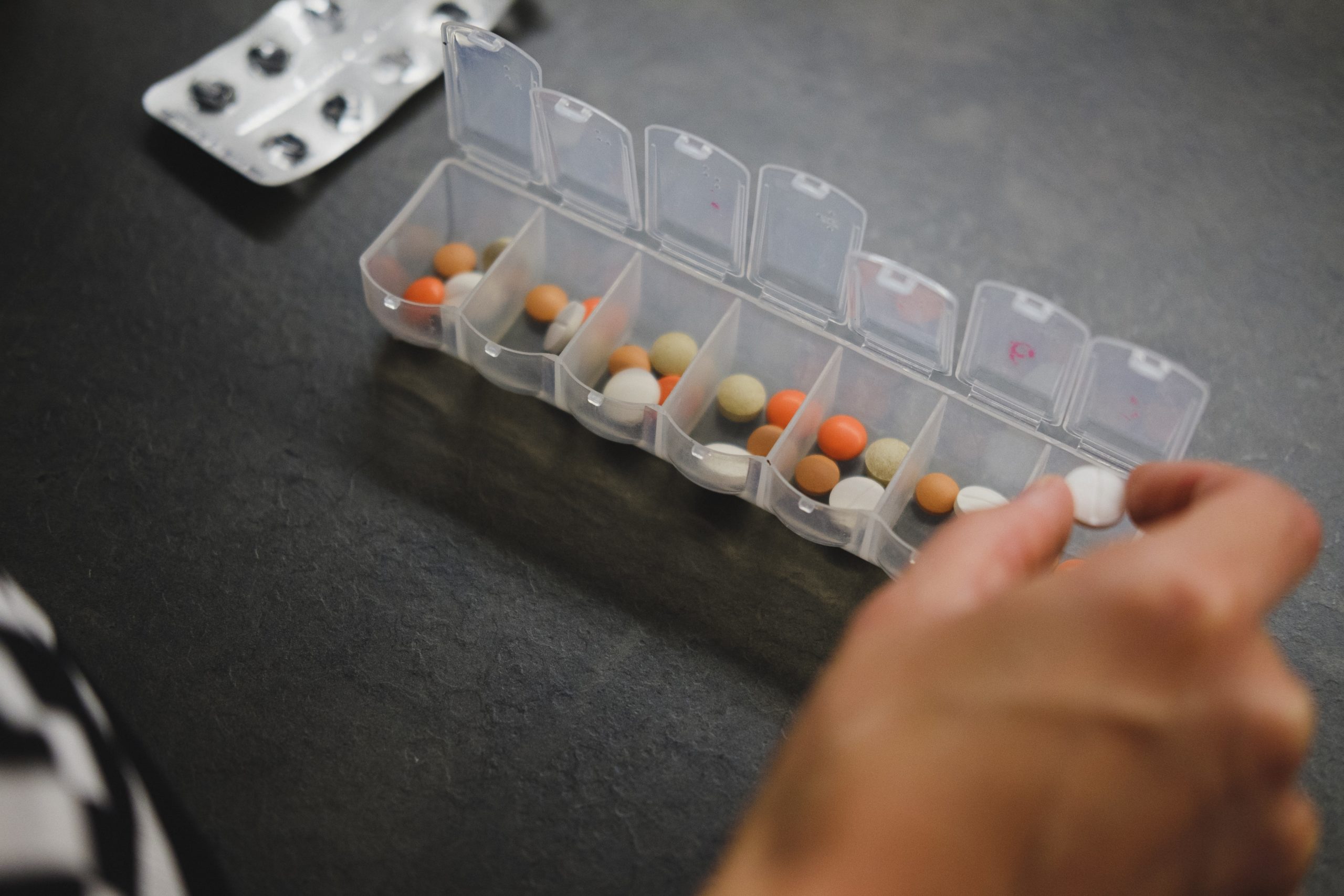Recovering drugs from sewers could reduce harm to wildlife
Common medicines that have passed through patients’ bodies are ending up in the environment, but the threat many of them pose to wildlife and human health still needs to be determined. It may even be possible to recover some of these life-saving compounds so they can be reused. Over the past two decades, there has … Read more






